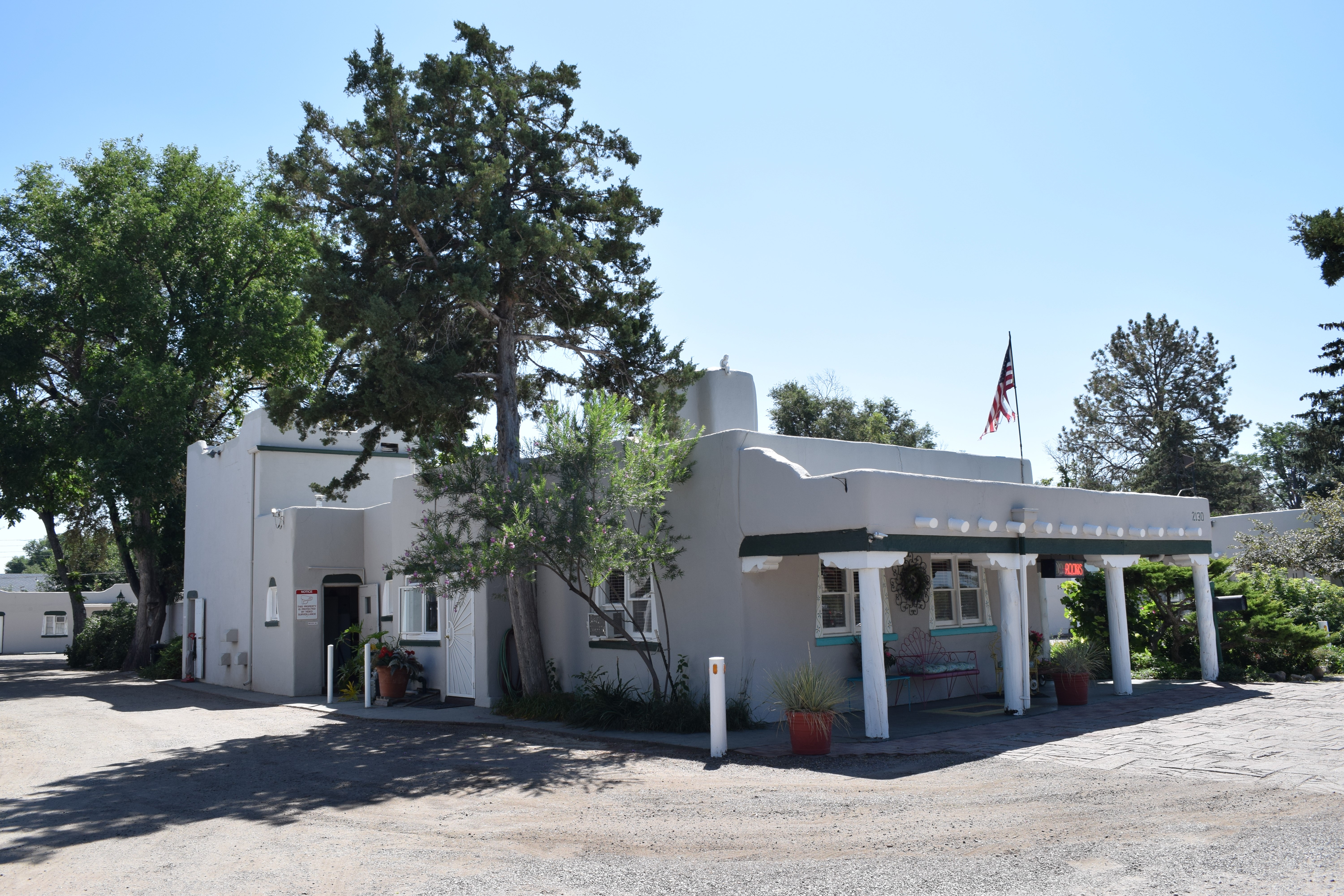National and State Register
Coronado Lodge
Pueblo County
Constructed ca. 1940-41 by Ralph and Anna Ferris, the Coronado Lodge was part of a national boom in motel construction between 1940 and 1960 that reflected the nation’s growing automobile-based mobility and increased disposable income for leisure travel in the years following World War II. The Coronado Lodge is important for many reasons, most strikingly for its association with the history of African American travel and tourism during the era of segregation.
The motel has offered accommodations to African Americans since at least 1946 and advertised from 1957 to 1967 in The Negro Travelers’ Green Book, an essential tool for Black travelers during the time of Jim Crow and segregation. In 1957, under owners Arthur and Hattie Copley, the Coronado became the second Colorado motel to be listed in the Green Book and remained one of only three Colorado motels listed in the guide through 1967. The facility was integrated, welcoming both whites and guests of color prior to the passage of the 1964 Civil Rights Act.
The Coronado Lodge also reflects the commercial history of Pueblo, operating as a motel from ca. 1940-41 to the present and playing an important role in the local tourism and hospitality industry. The motel is also an excellent example of Pueblo Revival-style mid-century motel architecture. The Pueblo Revival style produced an eye-catching appearance that appealed to travelers by evoking the history and romance of the Southwest. The style is particularly appropriate for Pueblo, which historically has had a large Hispano population with ties to New Mexico. The Coronado Lodge displays several distinguishing characteristics of the Pueblo Revival style including stepped massing, flat roofs with parapets, stuccoed adobe and concrete block walls, projecting vigas, portales with corbelled brackets, and flat-headed windows.

